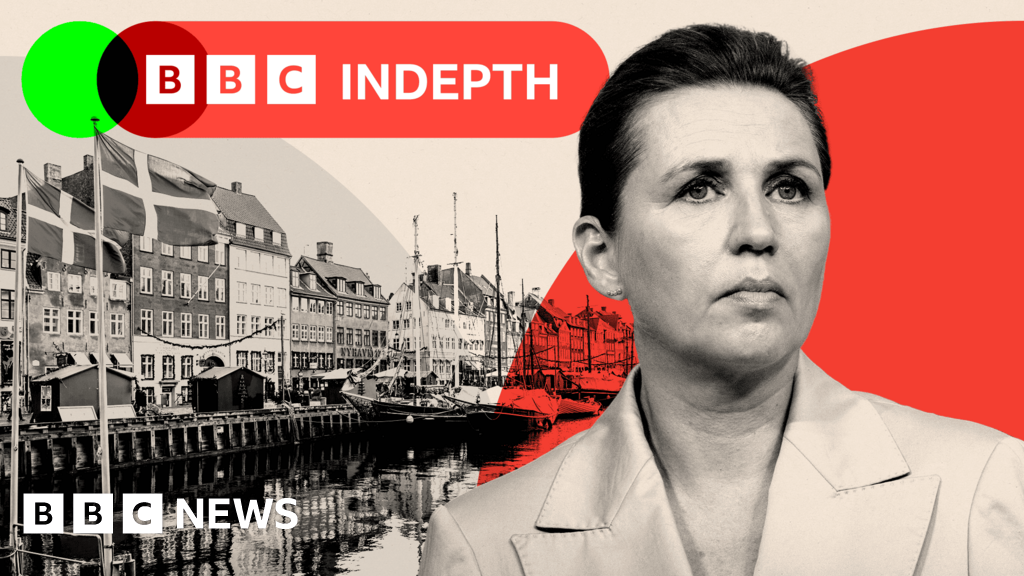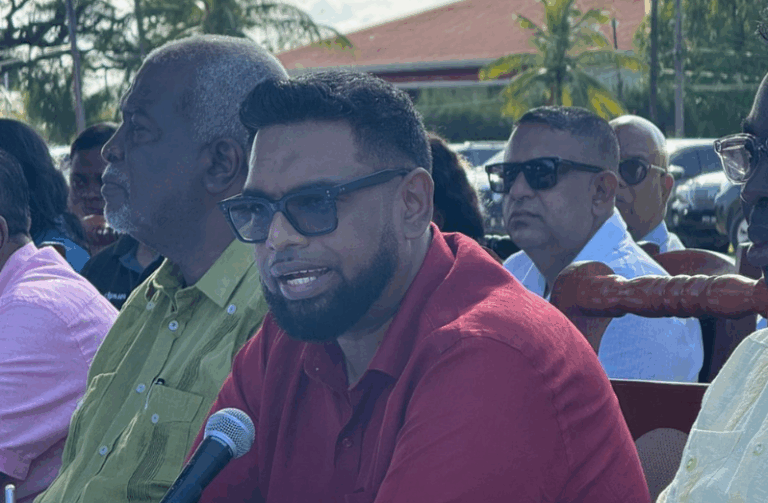
Denmark, often associated with a liberal and chic atmosphere, has made a significant pivot in its approach to immigration policies. According to Marie Sandberg, Director of AMIS at the University of Copenhagen, Denmark has emerged as a leader in implementing stringent migration laws in Europe, impacting both asylum seekers and economic migrants.
What’s particularly striking is that the push for these hardline measures has primarily come from the country’s center-left politicians, challenging the common belief that only far-right factions are influencing immigration debates across Europe. Meanwhile, Spain addresses migration quite differently by advocating for increased immigration.
As migration escalated in the aftermath of World War II, Denmark witnessed a noticeable rise in its immigrant population—growing more than fivefold since 1985. The crisis in 2015, which saw over a million migrants arrive in Europe, marked a critical moment for Denmark’s immigration narrative, leading to a surge in support for far-right groups like the Danish People’s Party, who capitalized on fears of losing national identity.
Internationally, Denmark garnered attention for its tough stance, including policies that allowed authorities to seize valuables from asylum seekers. With ongoing concerns about migrant integration into Denmark’s welfare system, local leaders have warned of growing resentment. Currently, Denmark stands firm on the principle of processing asylum claims outside its borders and has explored controversial options, like relocating asylum seekers to countries such as Rwanda.
Source: www.bbc.com






